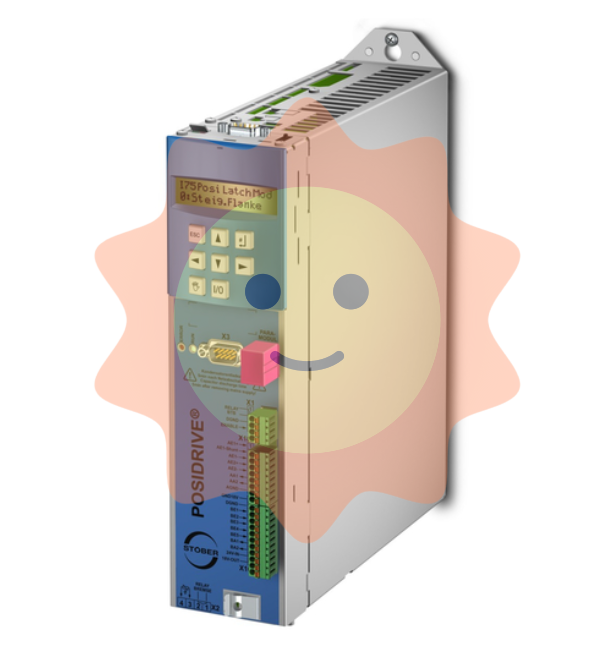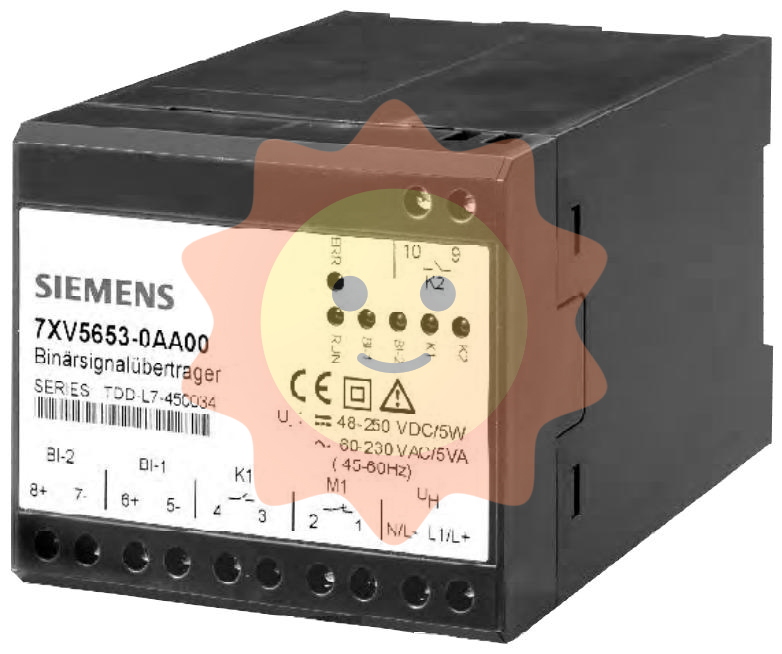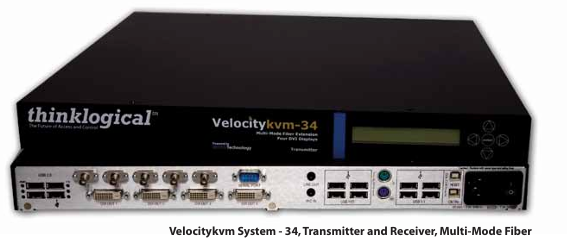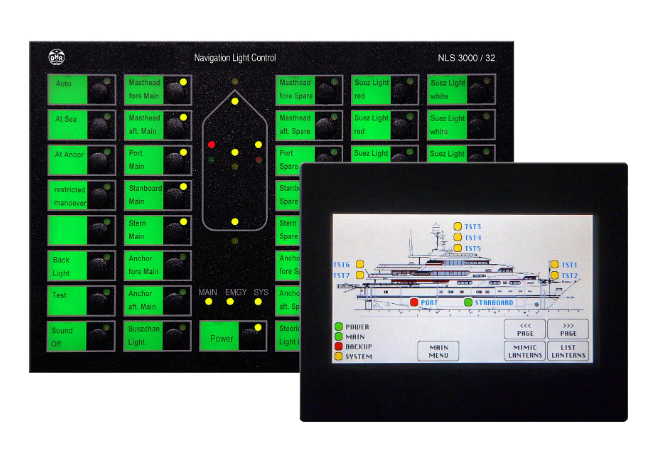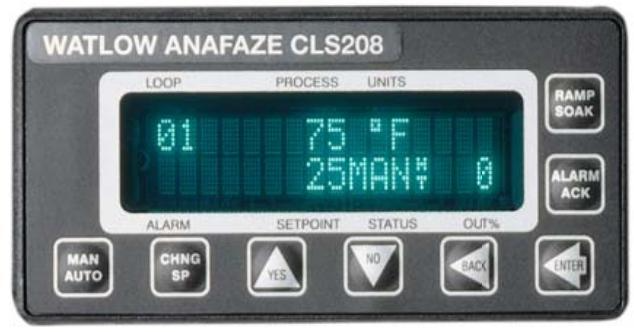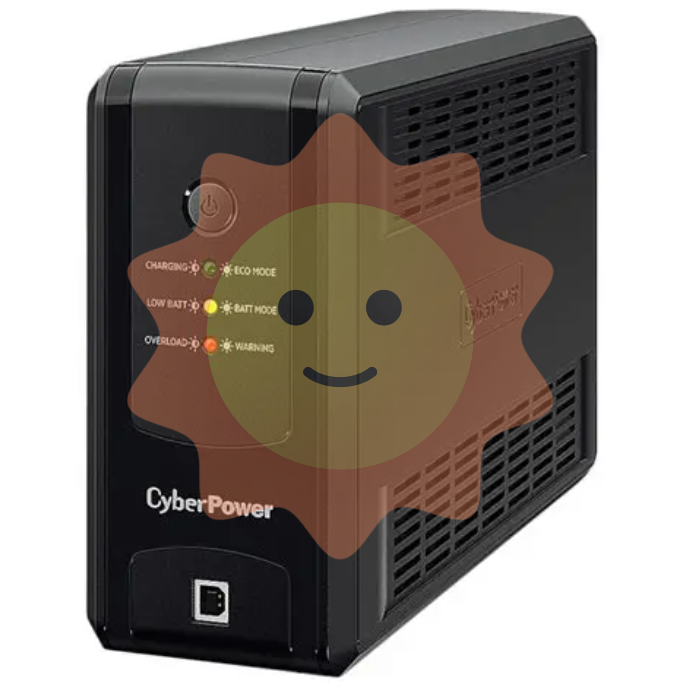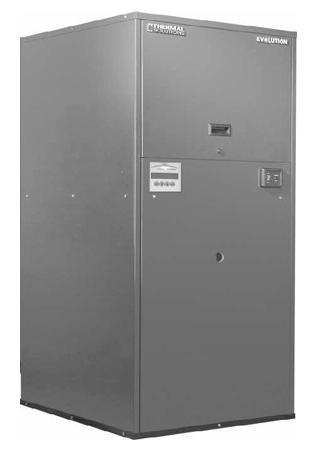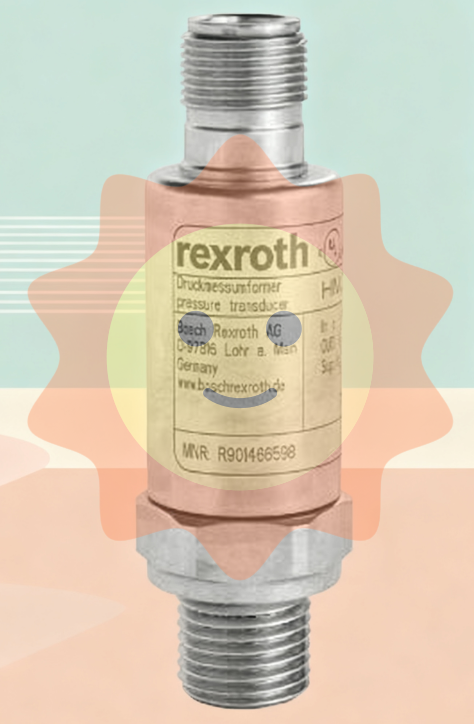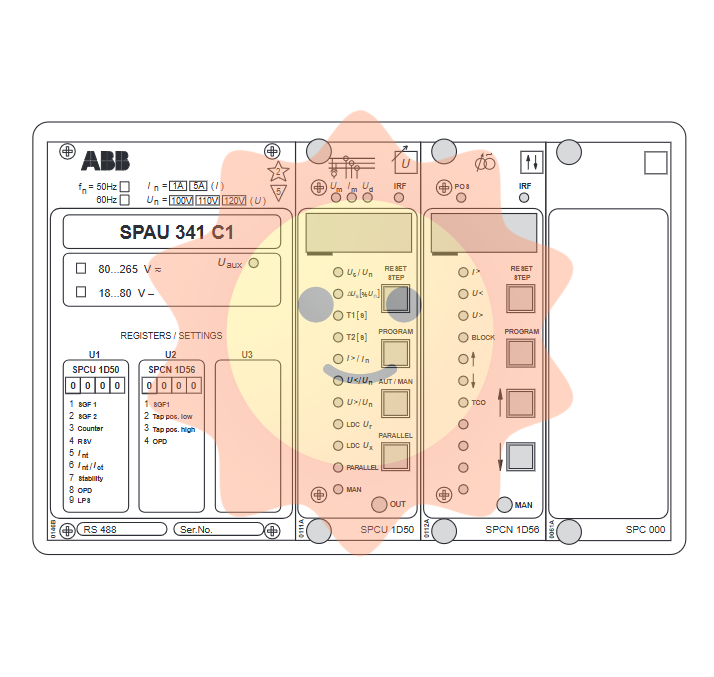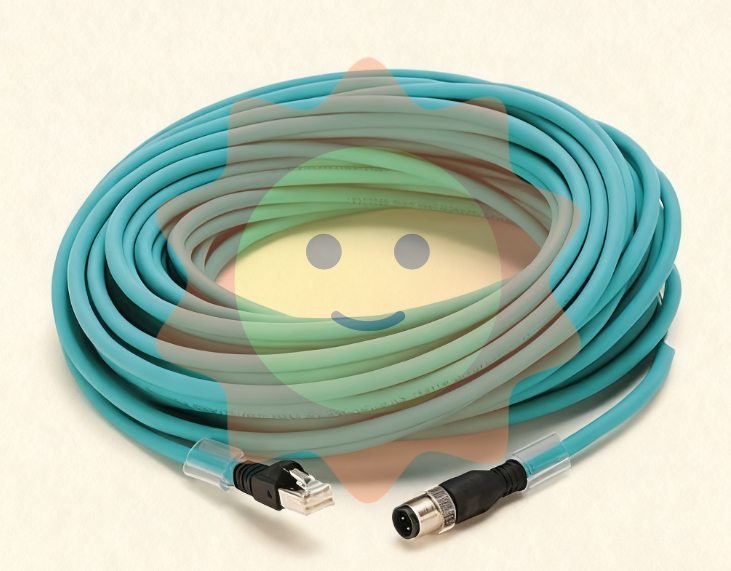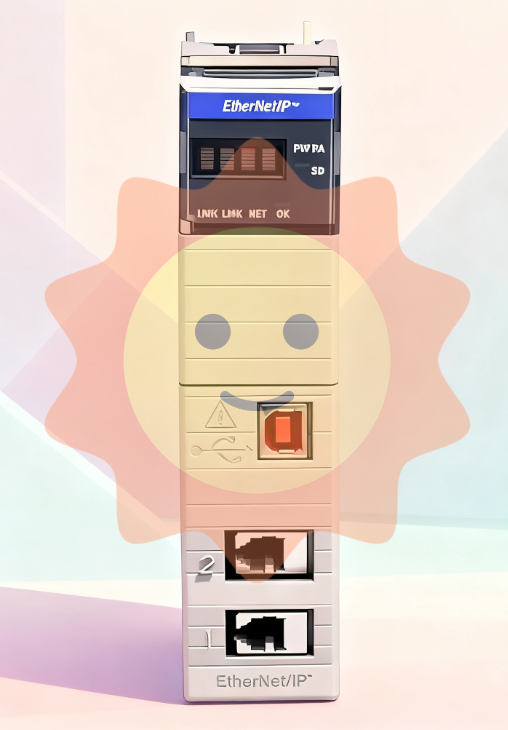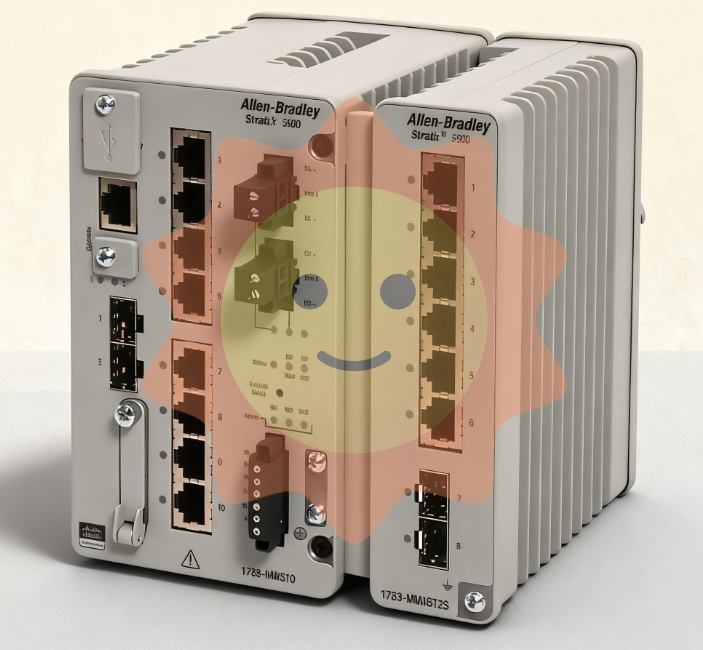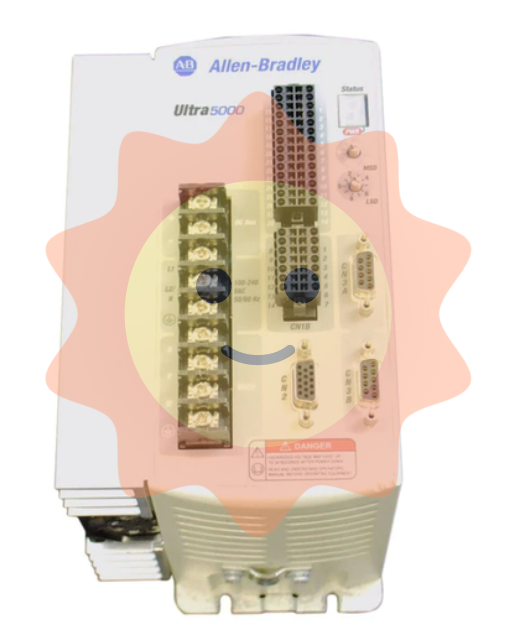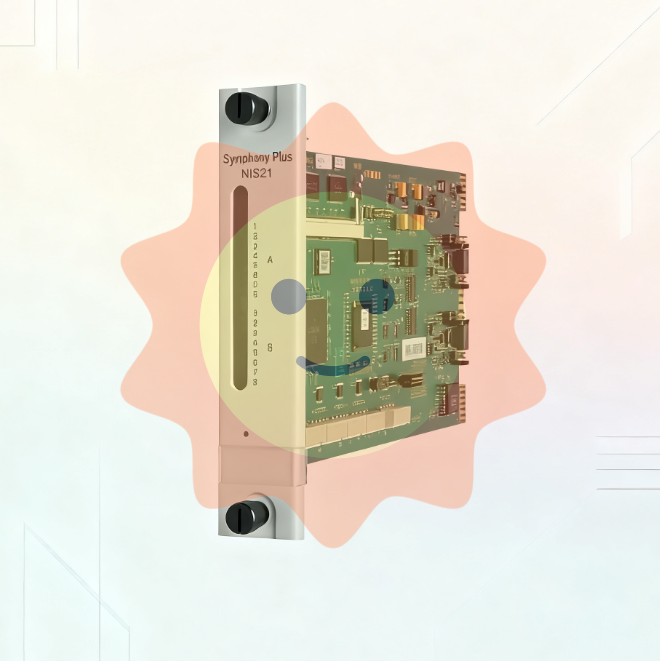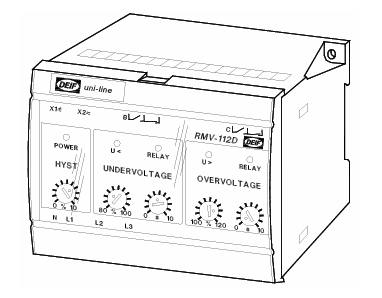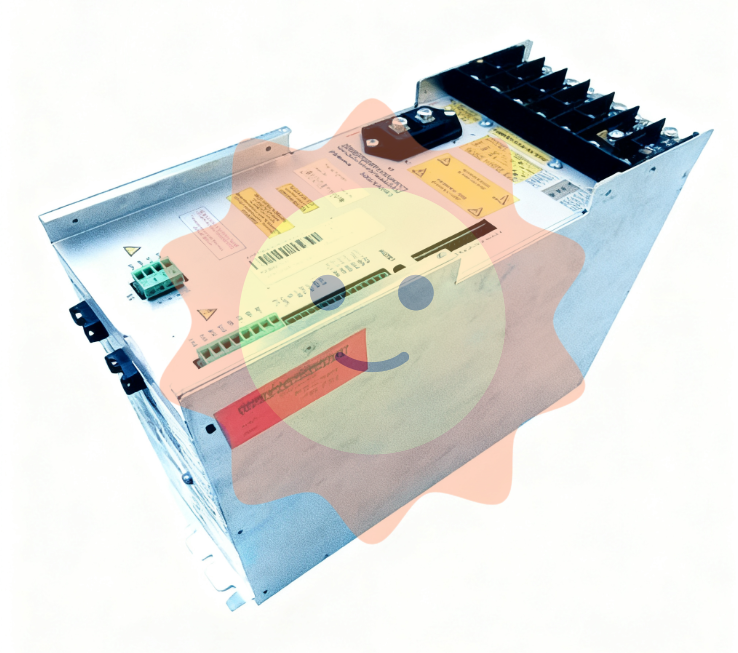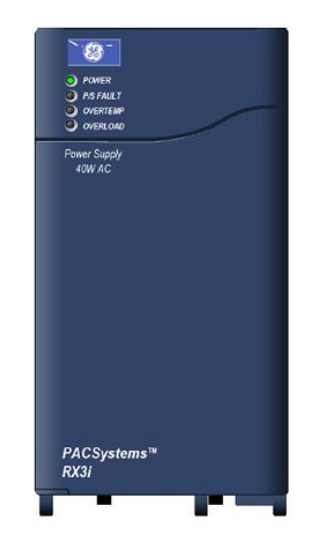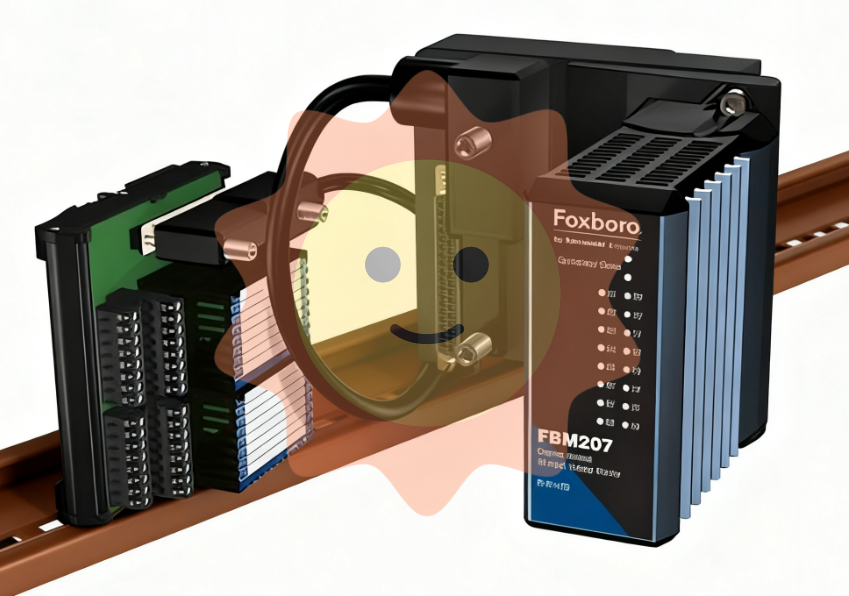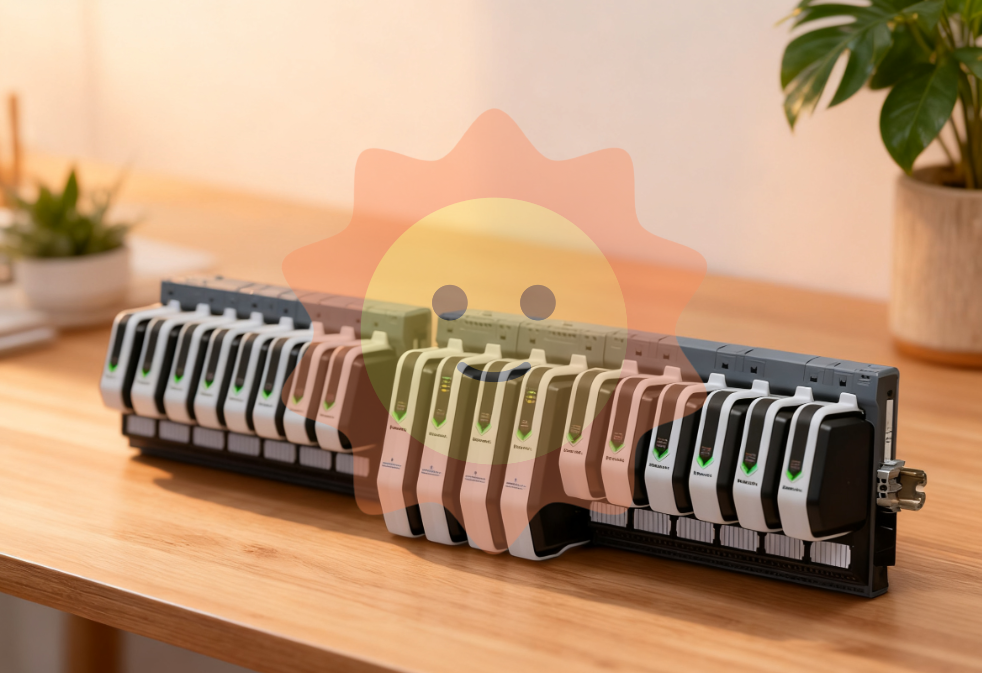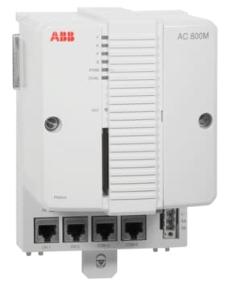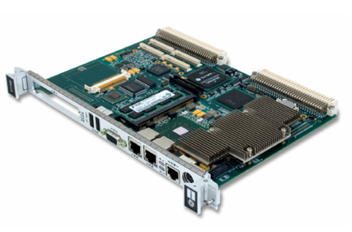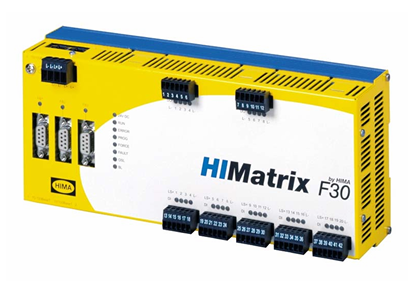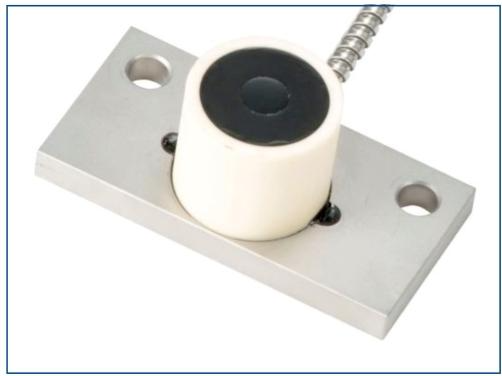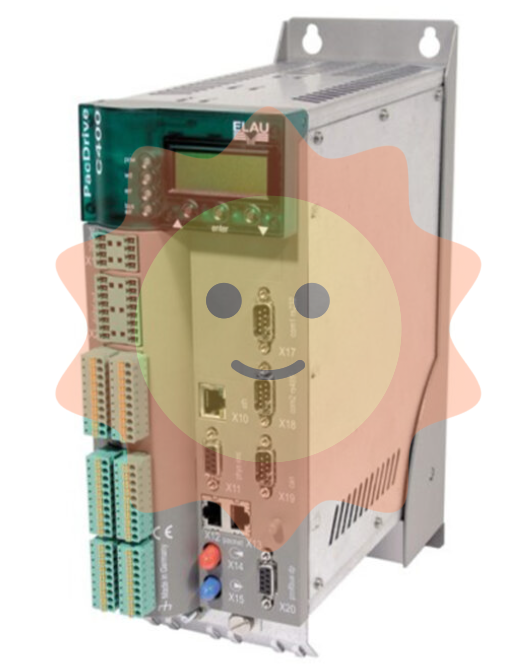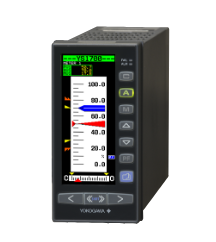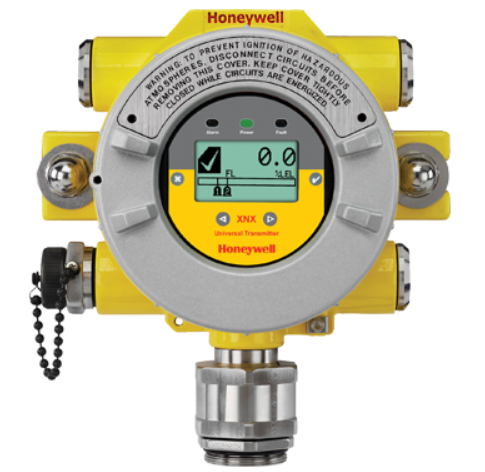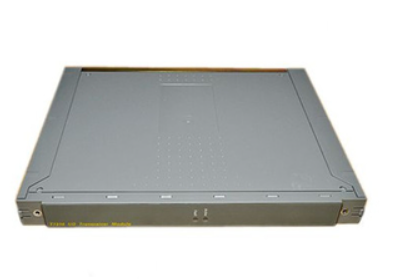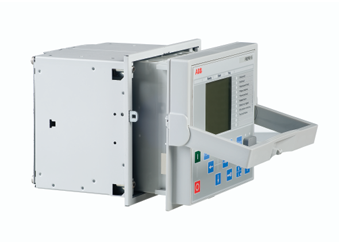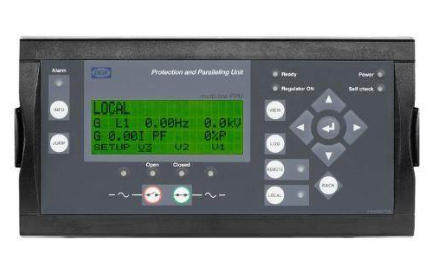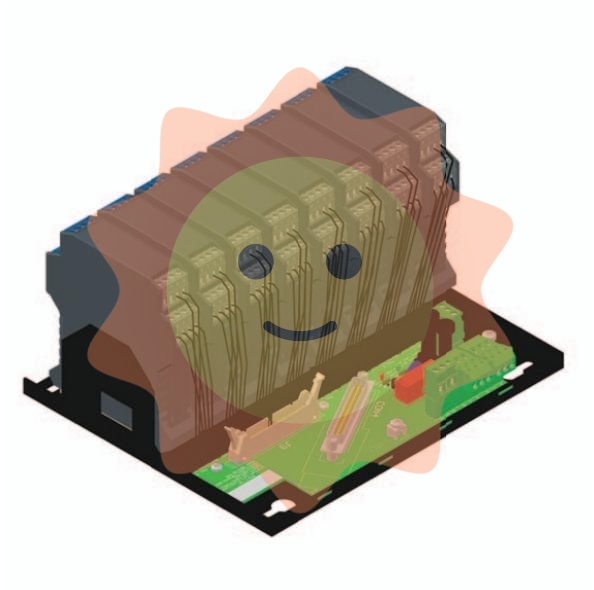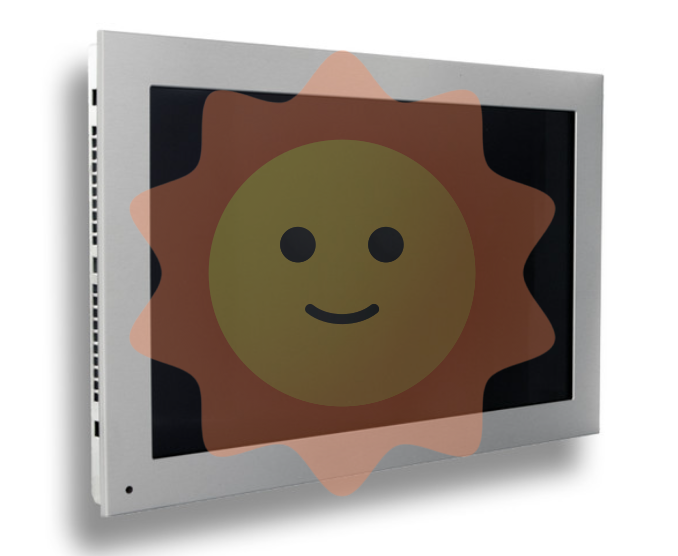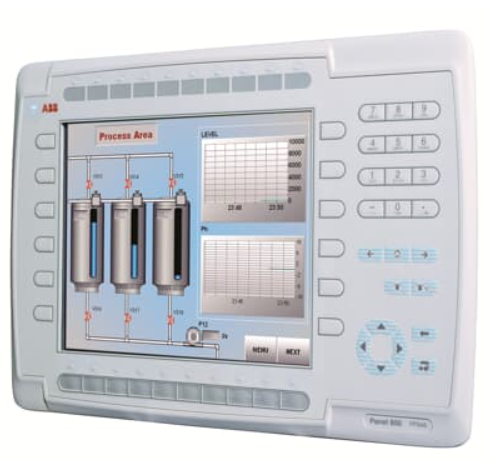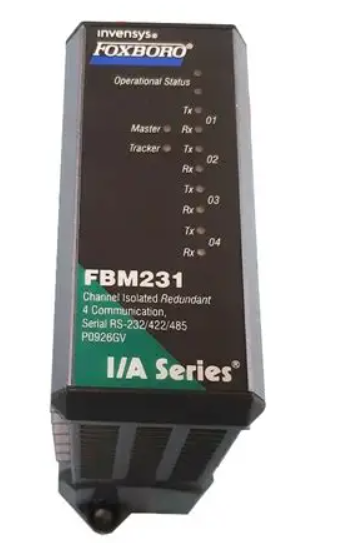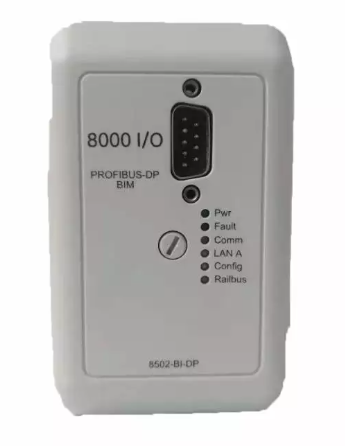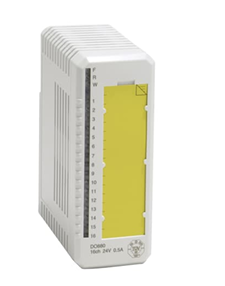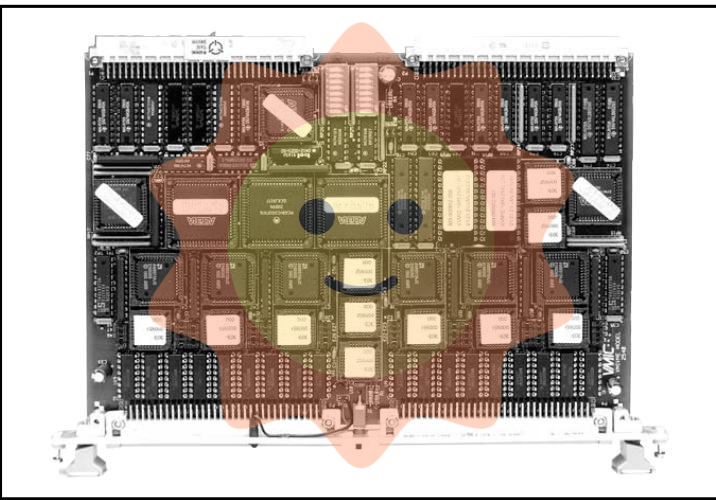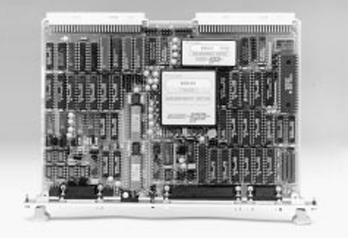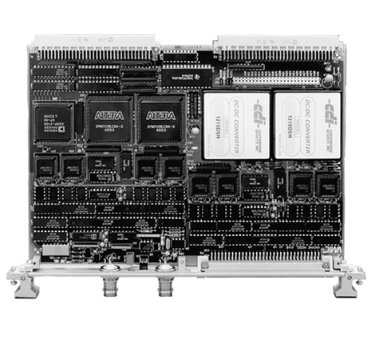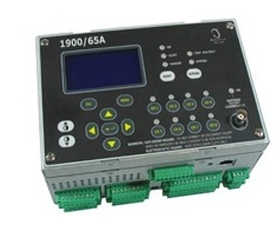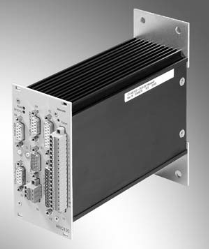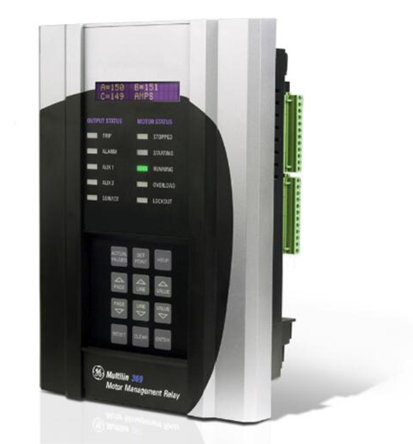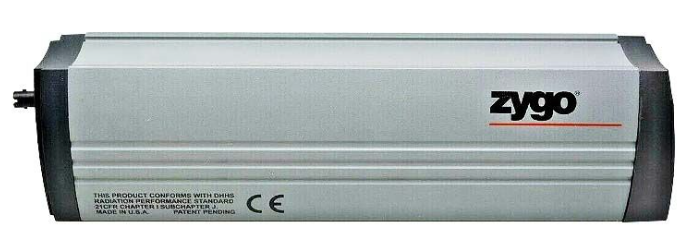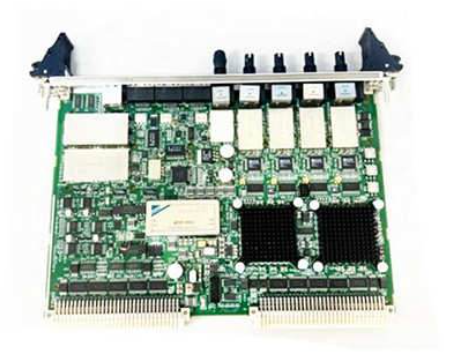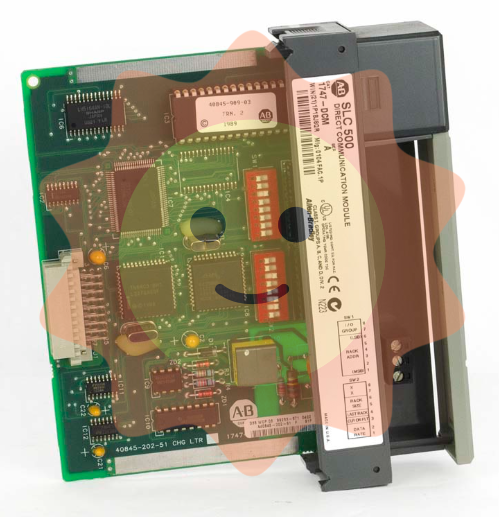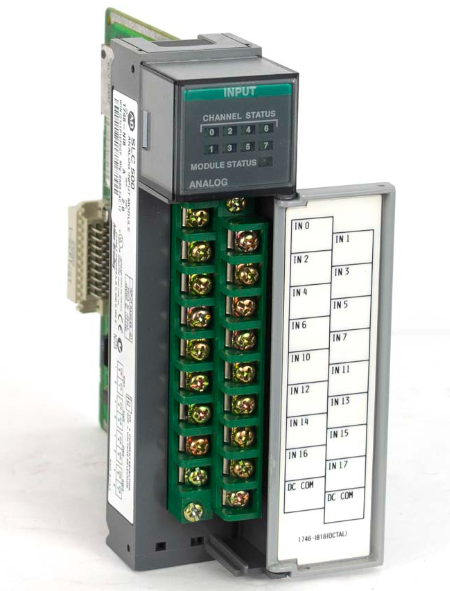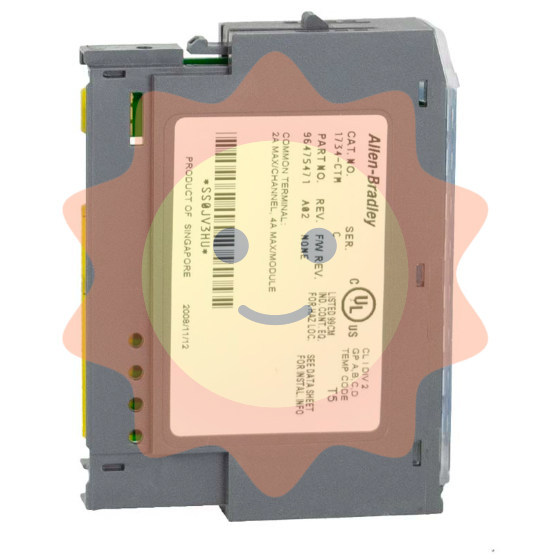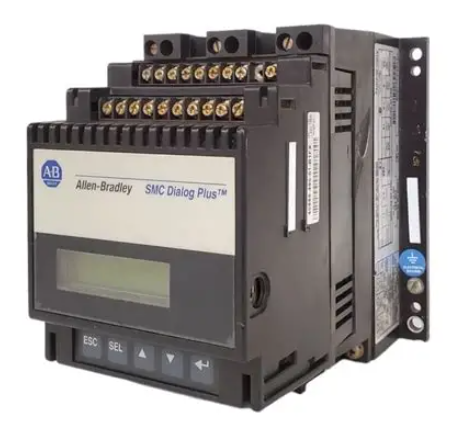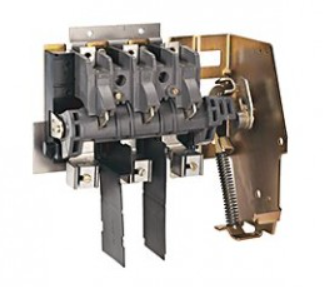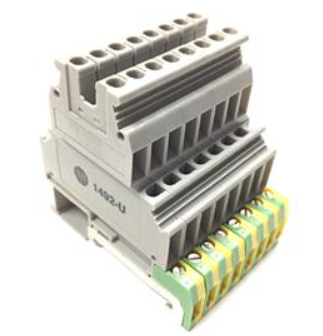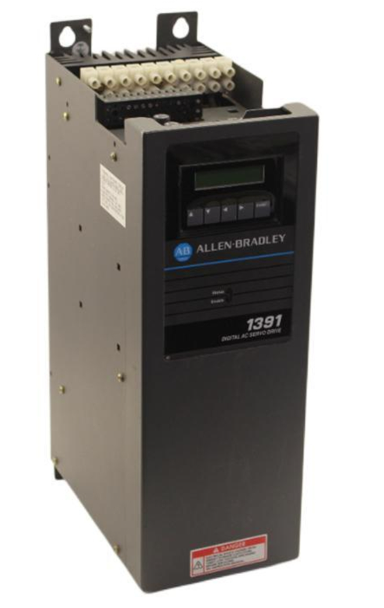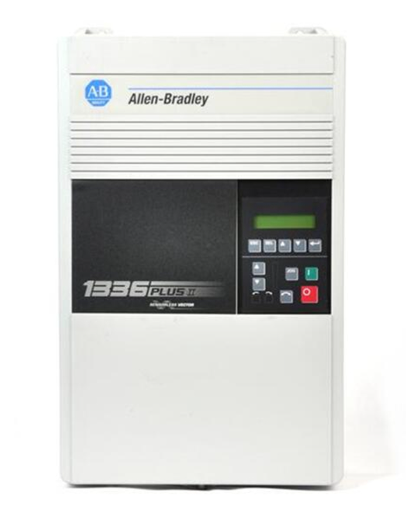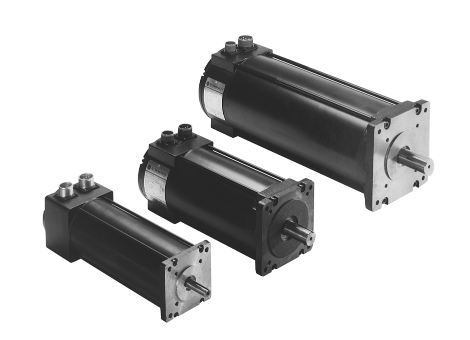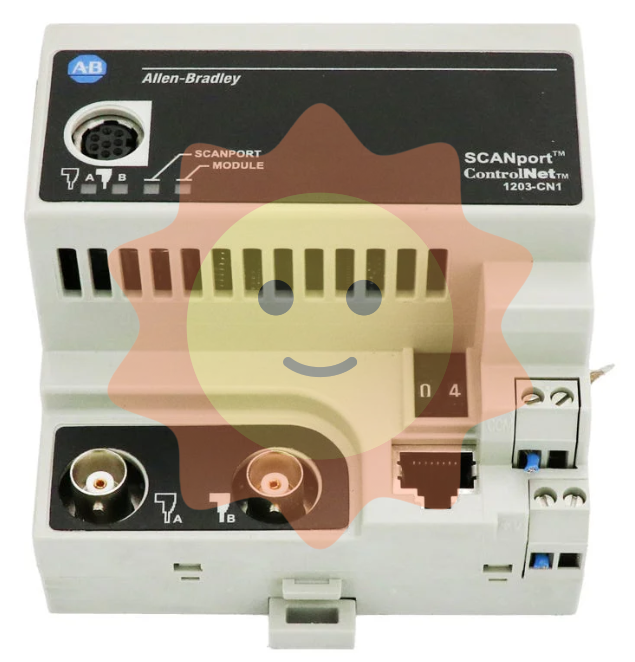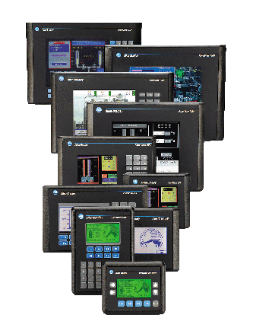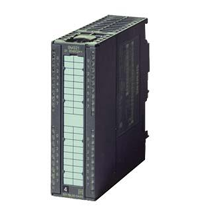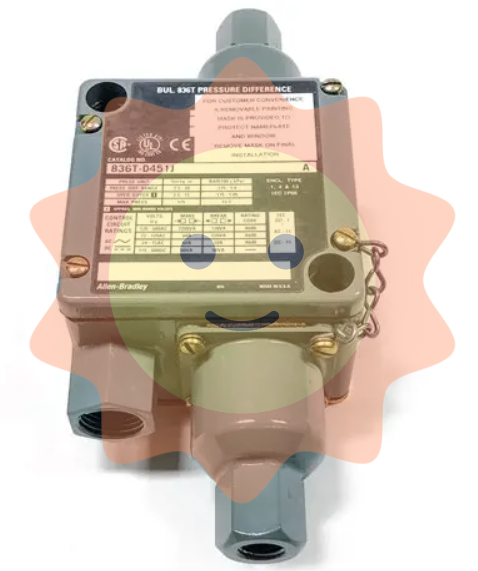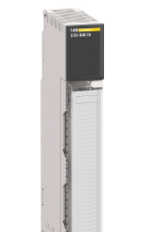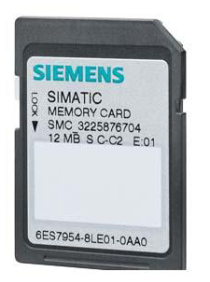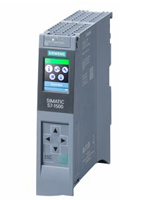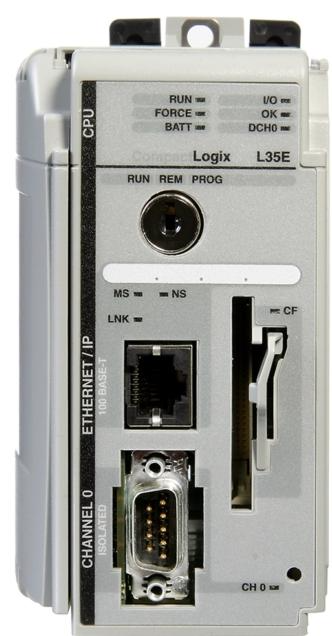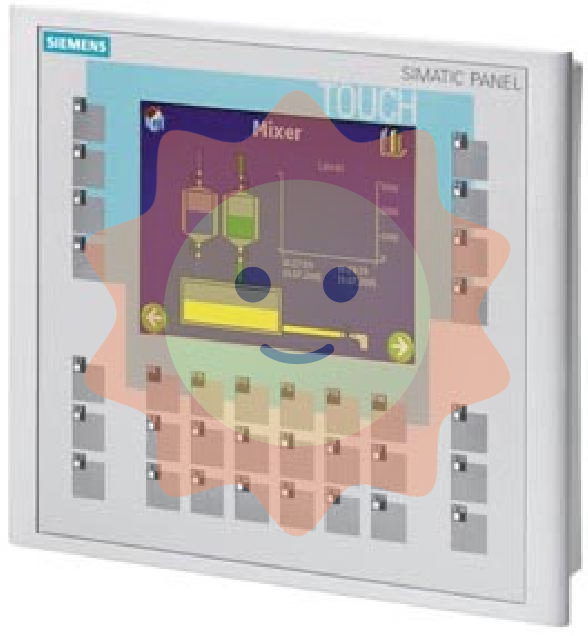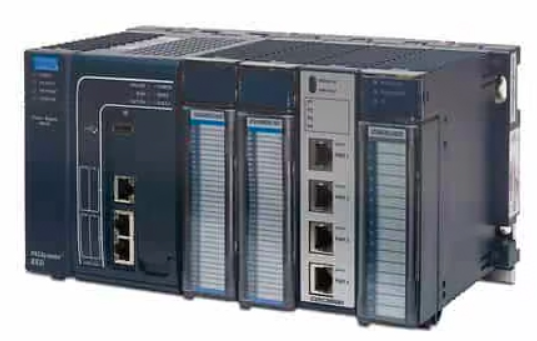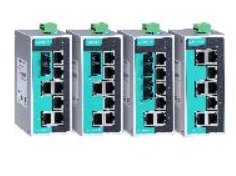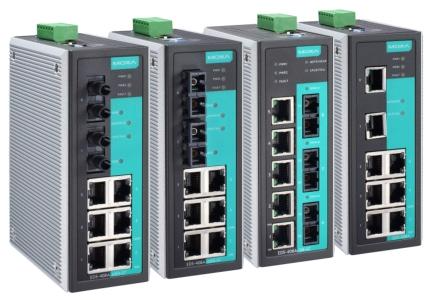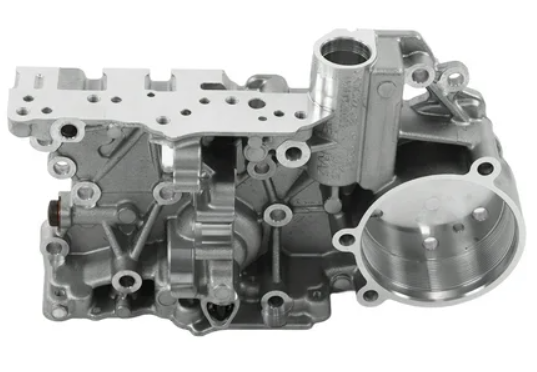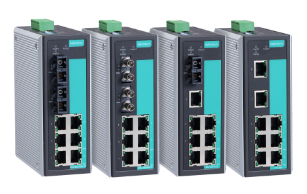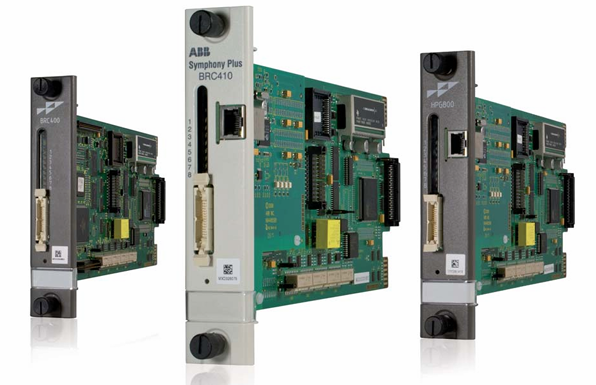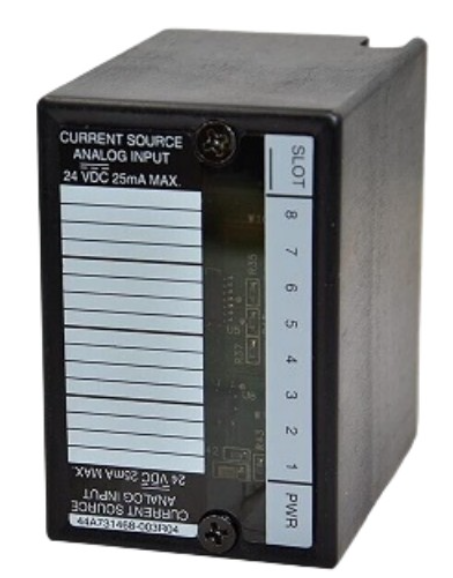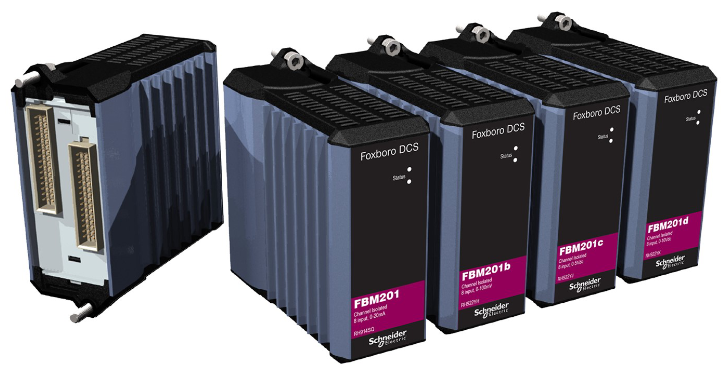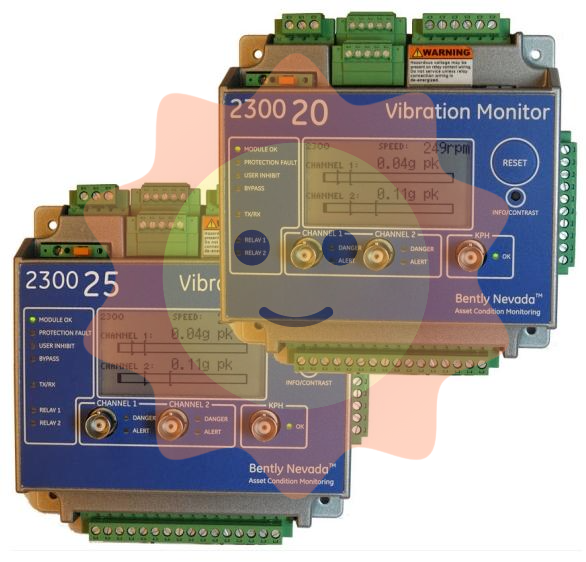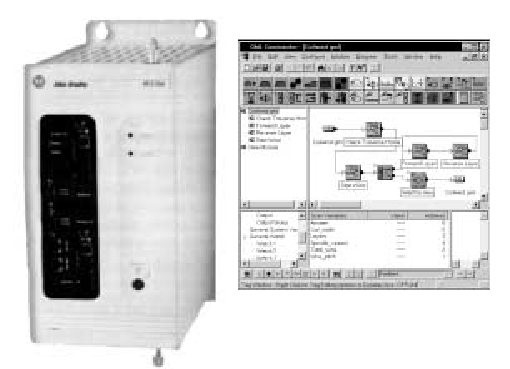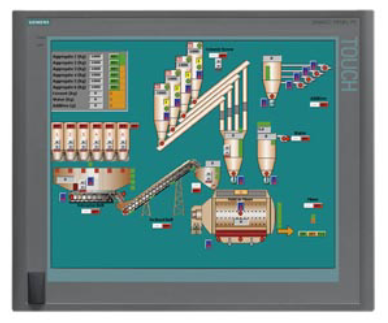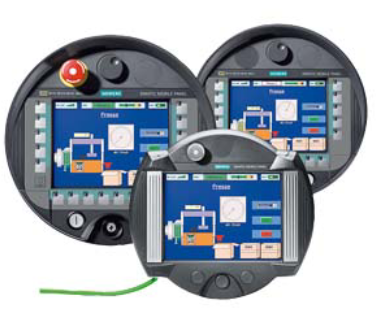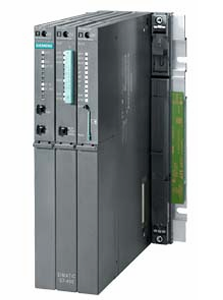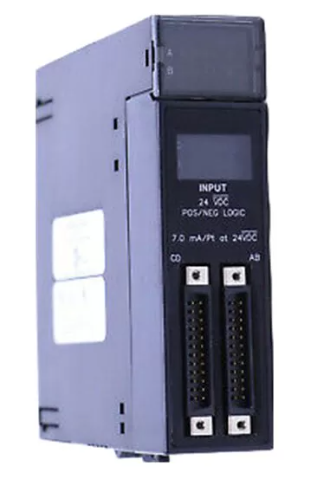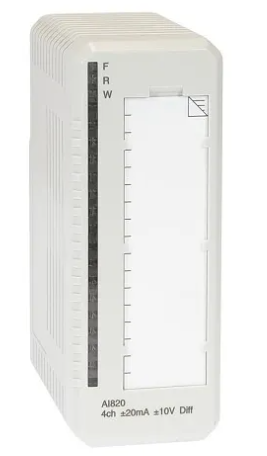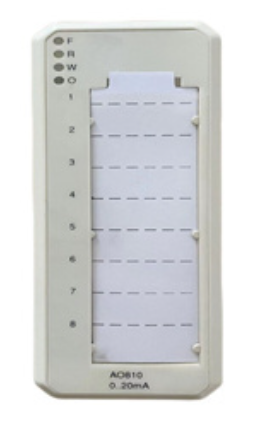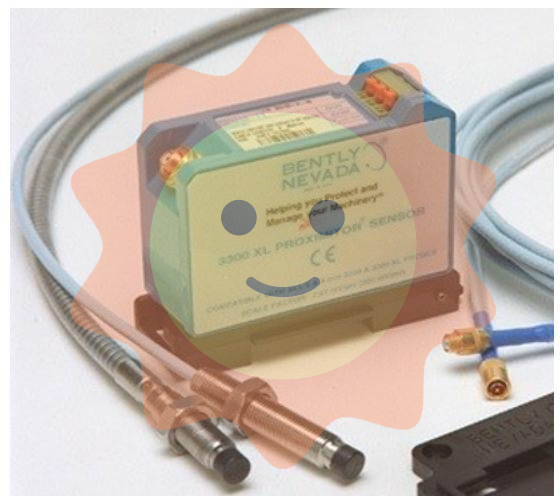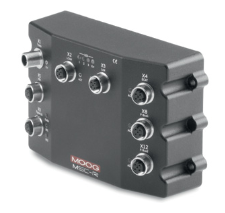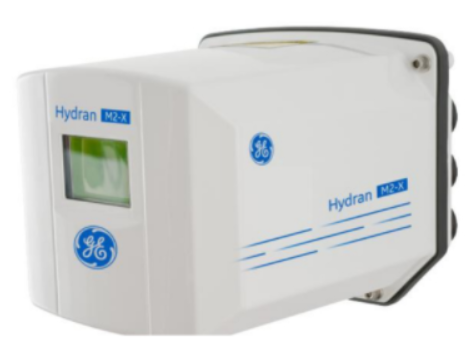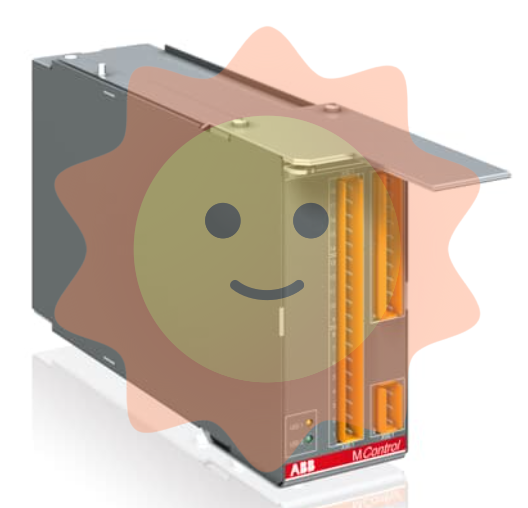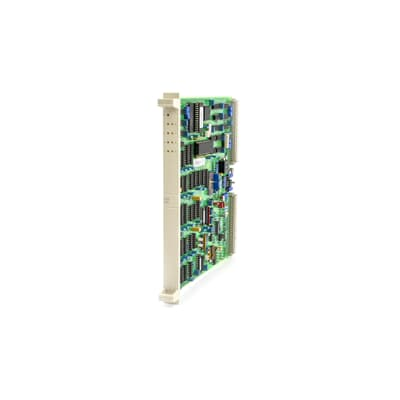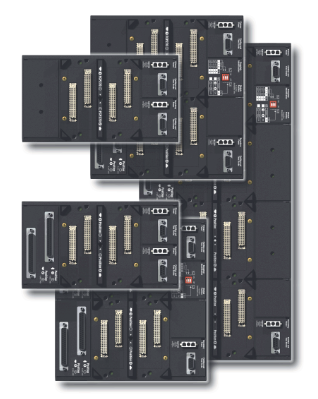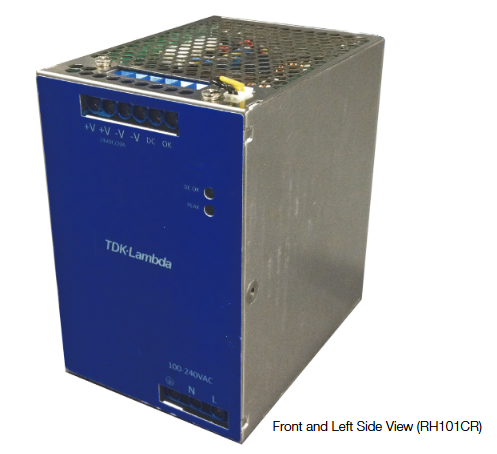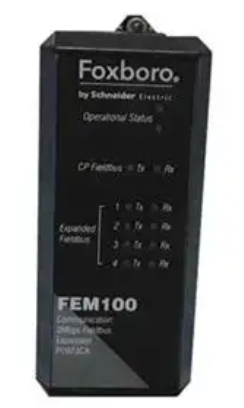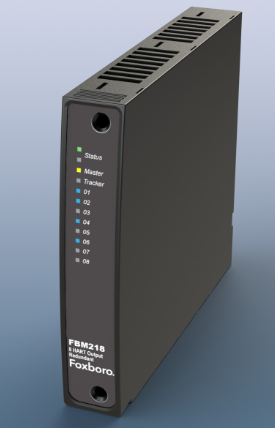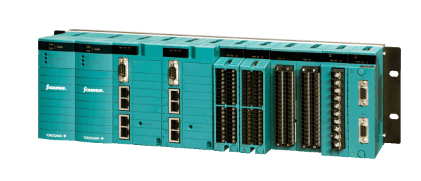GE IS230TCSAH1A - TSVCH1A/PSVOH1B(3X) MODULE
OVERVIEW
Product Definition and Function:The GE IS230TCSAH1A - TSVCH1A/PSVOH1B (3X) module is an important part of GE's industrial automation control systems. It is primarily used to process complex industrial process signals, especially playing a key role in areas such as turbine control systems. The module is capable of receiving and processing a wide range of input signals, both analogue and digital, and outputting processed signals to control related equipment such as valves, motors, etc. for precise control and monitoring of industrial processes.
Working Principle
Signal acquisition process
Analogue Signal Acquisition: The module has multiple analogue input channels to receive analogue signals from a variety of sensors. These sensors may include temperature sensors (output voltage or current signals, the size of which is related to the temperature), pressure sensors (the output is proportional to the pressure of the electrical signal) and so on. When an analogue signal enters the module, it first passes through a signal conditioning circuit. This circuit mainly performs operations such as filtering, amplification and level conversion. For example, weak signals, such as the tiny voltage signals output by some high-precision temperature sensors, are amplified so that they can be accurately converted by the subsequent analogue-to-digital conversion (A/D) circuit. At the same time, a filtering operation removes high-frequency noise and interference components from the signal to ensure signal quality. Level conversion converts the level of the external signal to a level standard that can be processed uniformly within the module. The analogue signals after signal conditioning are fed into the A/D converter circuit, which converts them into digital signals for further processing inside the module.The resolution of the A/D converter is usually high, so that it can accurately quantify the analogue signals into digital values to meet the demand of high-precision signal processing.
Digital Signal Acquisition: The digital input channel of the module is used to receive digital signals from digital sensors or switching devices (e.g. limit switches, proximity switches, etc.). After entering the module, these digital signals are buffered and level-matched to ensure signal stability and compatibility. These digital signals are then transmitted directly to the control circuits inside the module to await subsequent processing.
Signal Processing and Transmission Process
Data processing: The converted analogue and digital signals are transmitted to the module's microprocessor or control unit via the internal data bus. The microprocessor processes these signals according to pre-programmed algorithms and logic. For example, the collected temperature and pressure signals may be operated to determine whether the industrial process is in a normal state or to calculate some important process parameters based on these signals. During the signal processing, the module may also perform data calibration, linearisation and other operations to ensure the accuracy and validity of the signals.
Communication interface and transmission: The processed signals are transmitted to the upper control system or other relevant devices through communication interfaces (e.g. industrial standard communication protocols such as Industrial Ethernet, Profibus, etc.). The communication interface ensures fast and stable data transmission, and the module can support a variety of communication rates to adapt to different industrial application scenarios. Through this communication process, the module sends the collected and processed signals to the control system for higher-level decision-making and control operations.
Signal output process
Receiving control commands: The output part of the module receives control commands from the control system, which are transmitted in the form of digital signals through the communication interface to the control unit of the module. The control instructions may include the opening of control valves, the starting and stopping of motors and speed regulation.
Signal drive and output: The control unit generates the corresponding output signals according to the instructions. For digital output signals, such as controlling the start/stop of a motor, the signals will pass through the digital output driver circuit, which converts the digital signals into level signals that can drive external relays or contactors. For analogue output signals, such as controlling the opening of a valve, the digital signal will first be converted to an analogue signal by a digital-to-analogue conversion (D/A) circuit, and then go through an analogue signal conditioning circuit (including amplification, filtering, etc.), so that the analogue signal output meets the signal requirements of the external device (e.g., motorised valve actuator), thus realising the precise control of the industrial device.
Performance characteristics
High-precision Signal Processing Capability: The module demonstrates a high degree of precision in signal acquisition and processing, with A/D conversion accuracy of ±0.1% - ±0.5% full scale and D/A conversion accuracy at a similarly high level. This makes it possible to accurately acquire and reduce a wide range of sensor signals and accurately output control signals to ensure precise control of industrial processes. For example, in temperature measurement and control applications, it is possible to provide highly accurate temperature values and precisely regulate the output of temperature control devices.
Multi-Channel Signal Processing: Multiple input and output channels enable simultaneous processing of many different types of signals. The number of input channels may vary from 16 - 32 and the number of output channels may vary from 8 - 16, depending on the module type. This multi-channel design allows for the control of complex industrial processes, such as the simultaneous acquisition of signals for multiple temperature, pressure, flow and other parameters, and the simultaneous control of multiple valves, motors and other equipment.
Strong anti-interference ability: In the industrial environment, there are various electromagnetic interference (EMI) and radio frequency interference (RFI). The module can effectively resist these interferences through good hardware design (e.g. shielding shell, isolation circuit) and software algorithms (e.g. signal filtering, digital signal error correction). For example, in a strong electromagnetic interference environment, it is still able to accurately collect and transmit signals to ensure the stability of industrial control systems.
Compatibility and Integration: The design takes into account compatibility with other GE automation equipment as well as a variety of industrial standard equipment. It can communicate and work with the main controller, other I/O modules, sensors and actuators through standard interfaces. This compatibility makes it easy to integrate into existing industrial automation systems, whether new equipment is being built or existing systems are being upgraded.
Technical Parameters
Input parameters
Number and range of analogue input channels: Typically 16 - 32 analogue input channels, capable of receiving a wide range of analogue signal types. For example, the range of voltage signals can include - 10V - + 10V, 0 - 10V, etc., and the range of current signals can include 4 - 20mA, 0 - 20mA, etc., in order to adapt to the output signals of different sensors.
Digital Input Types and Level Standards: Supports a variety of digital signal types, such as TTL (Transistor Transistor Logic) levels, CMOS (Complementary Metal Oxide Semiconductor) levels, TTL levels generally range from 2V - 5V at high levels and 0V - 0.8V at low levels; CMOS level ranges vary depending on the specific device.
Input Signal Resolution (Analogue Inputs): The analogue input channels can have a resolution of 12 - 16 bits, which allows for more accurate acquisition of analogue signals.
Output Parameters
Number and Range of Analogue Output Channels: Typically there are 8 - 16 analogue output channels, the analogue output range can be 0 - 10V voltage signals, 4 - 20mA current signals, etc., which can be used to control the operating status of external analogue devices.
Digital Output Characteristics: The digital outputs provide sufficient drive capability, with output currents in the tens of milliamps (mA) range, to ensure that external digital devices (e.g. relays, indicators, etc.) can be driven reliably. The output signal levels conform to industry standards, such as 3.3V - 5V (TTL levels) for high levels and near 0V for low levels.
Output signal update frequency (analogue outputs): The analogue outputs have a high update frequency, capable of thousands of times per second, depending on the system setup and requirements, and the high update frequency helps to achieve precise dynamic control of external devices.
Communication parameters
Supported communication protocols: When communicating with the control system, GE-specific communication protocols are supported, and may also be compatible with some industry-standard communication protocols (e.g. Modbus, etc.) to facilitate data interaction with other devices or systems.
Communication rate: In the internal system communication, the communication rate may reach about 10Mbps - 100Mbps, depending on the configuration of the system and the application scenario, to ensure the fast transmission of data between the module and the system.

- User name Member Level Quantity Specification Purchase Date
- Satisfaction :
-









Email:wang@kongjiangauto.com









